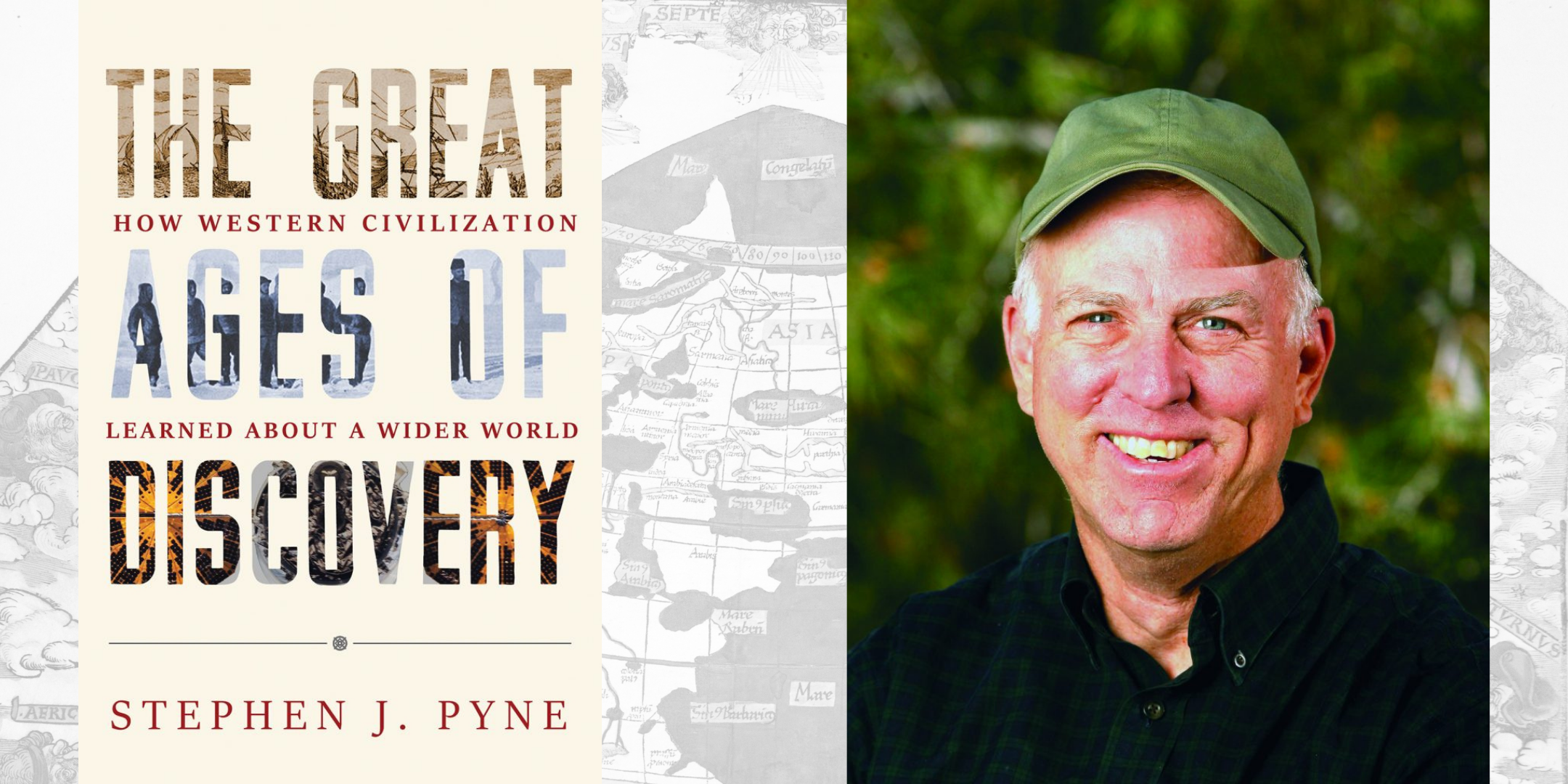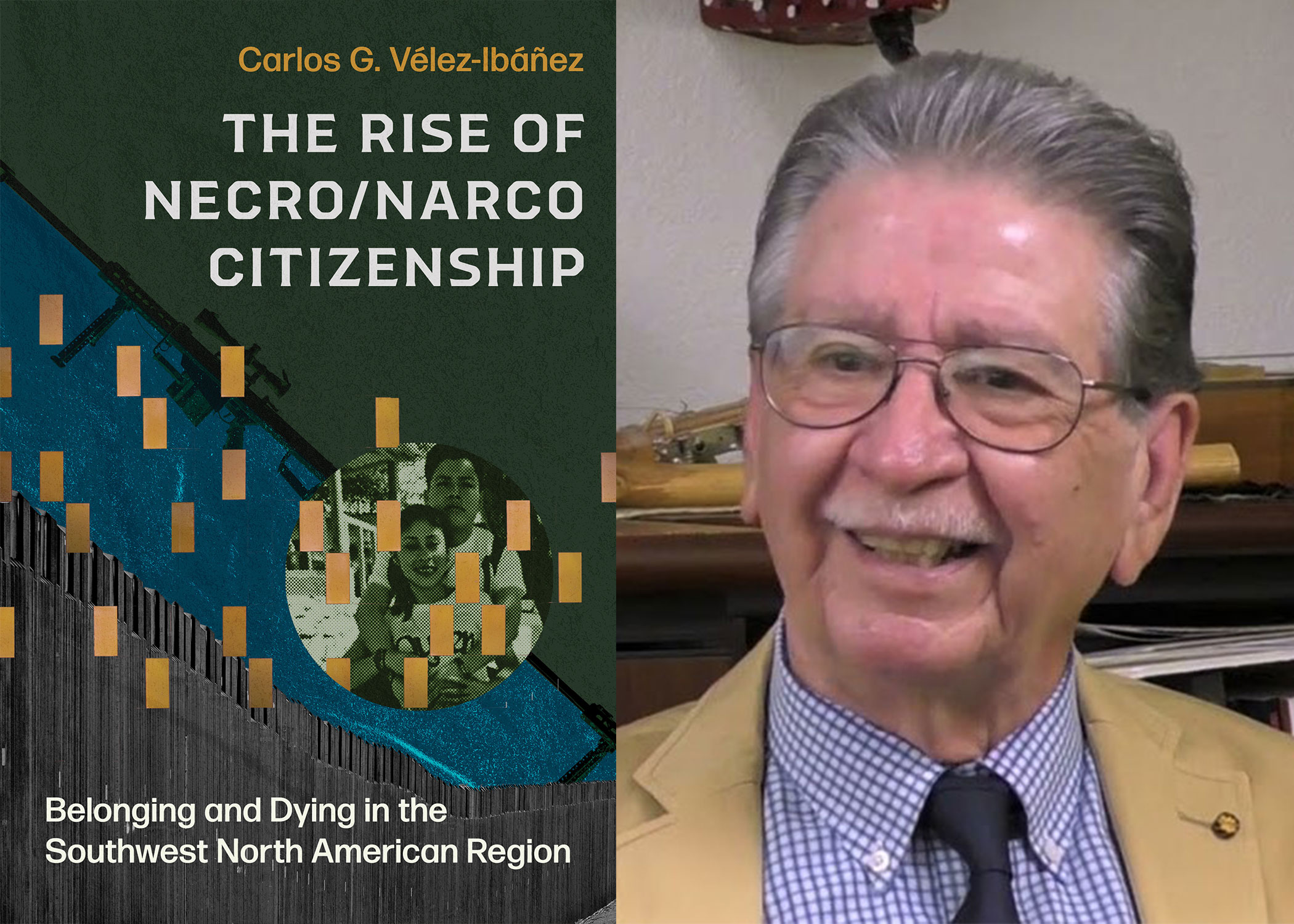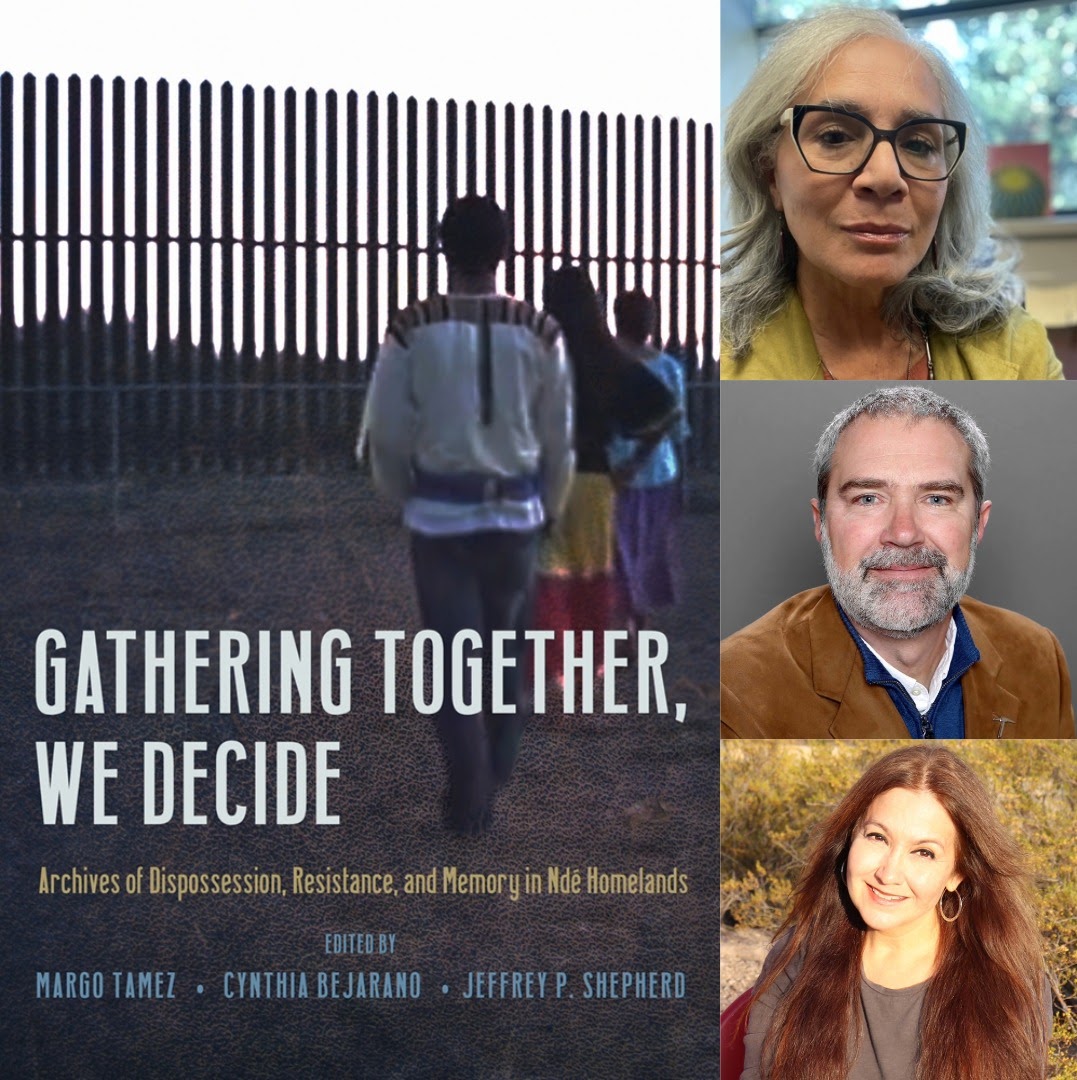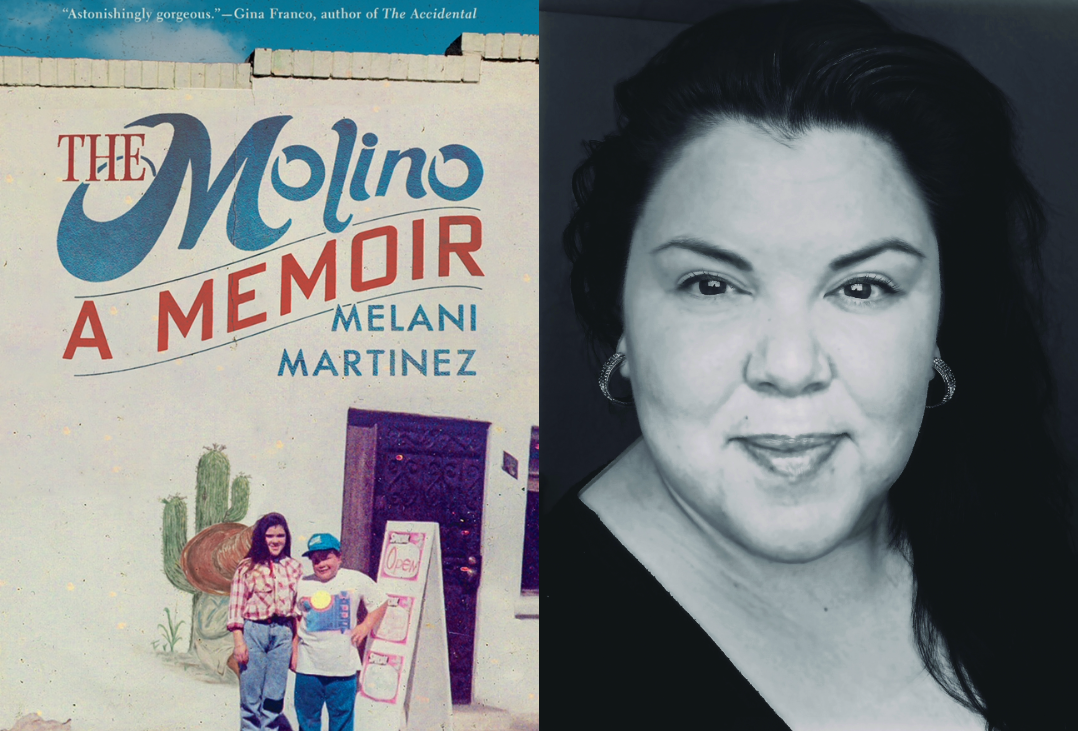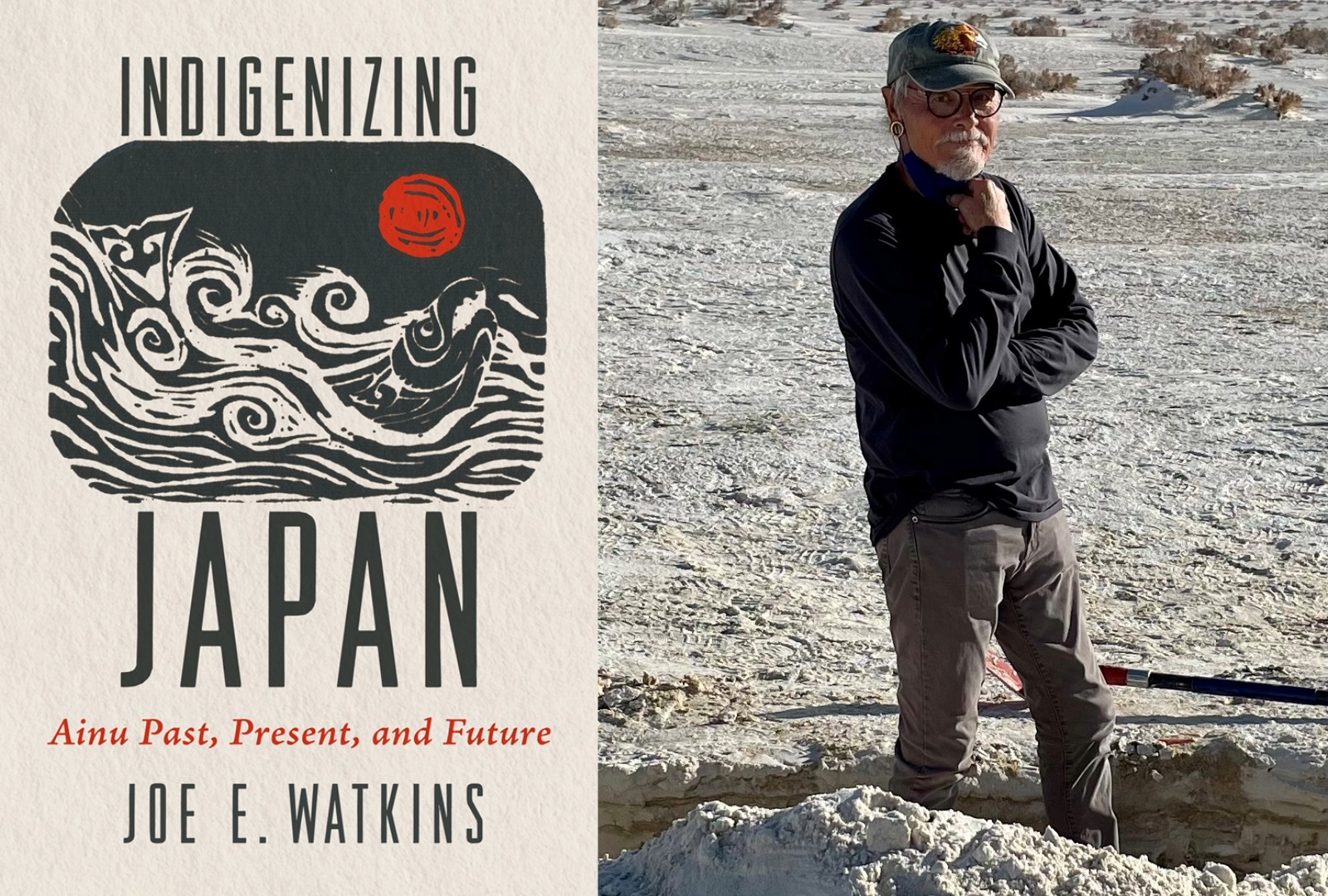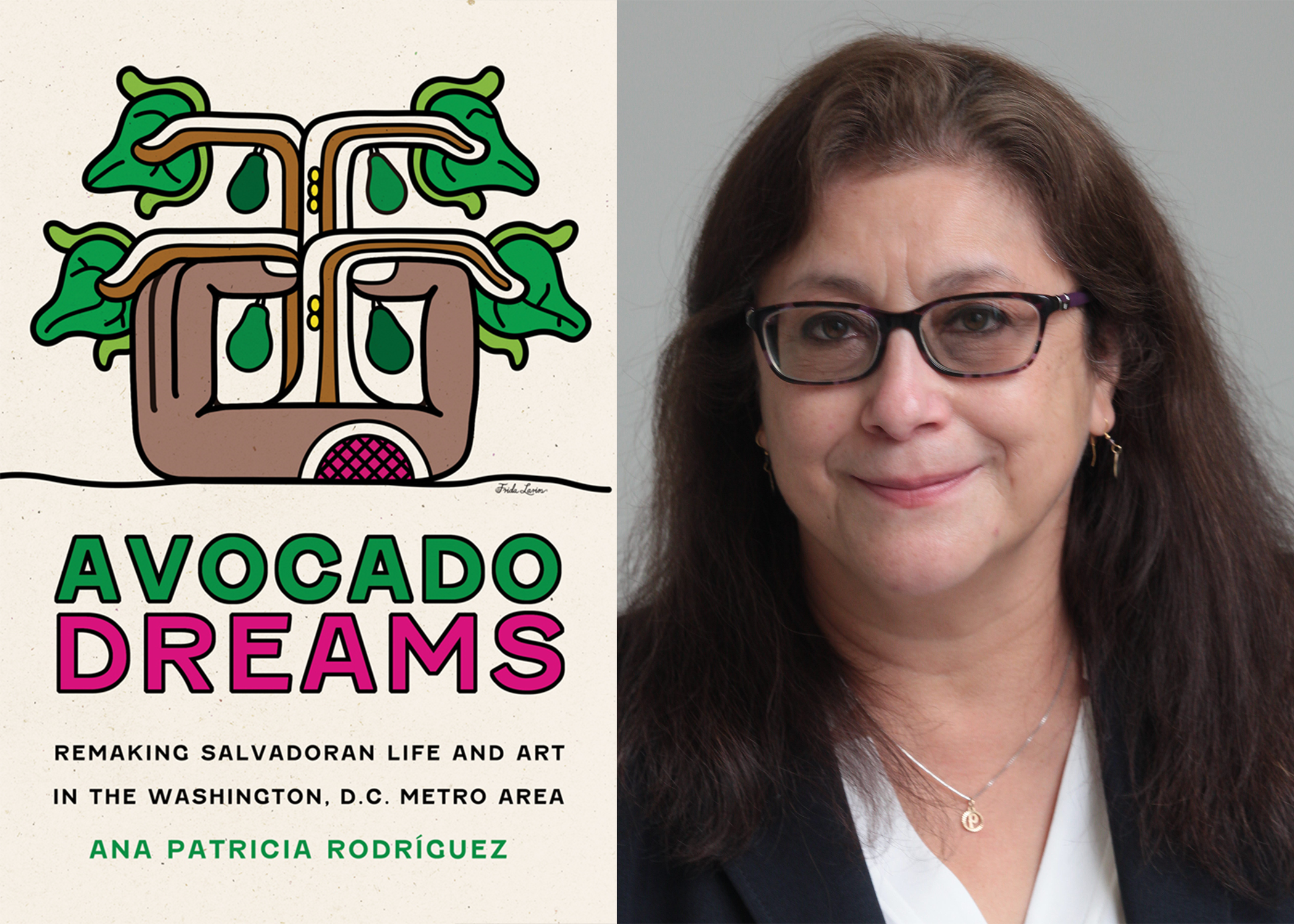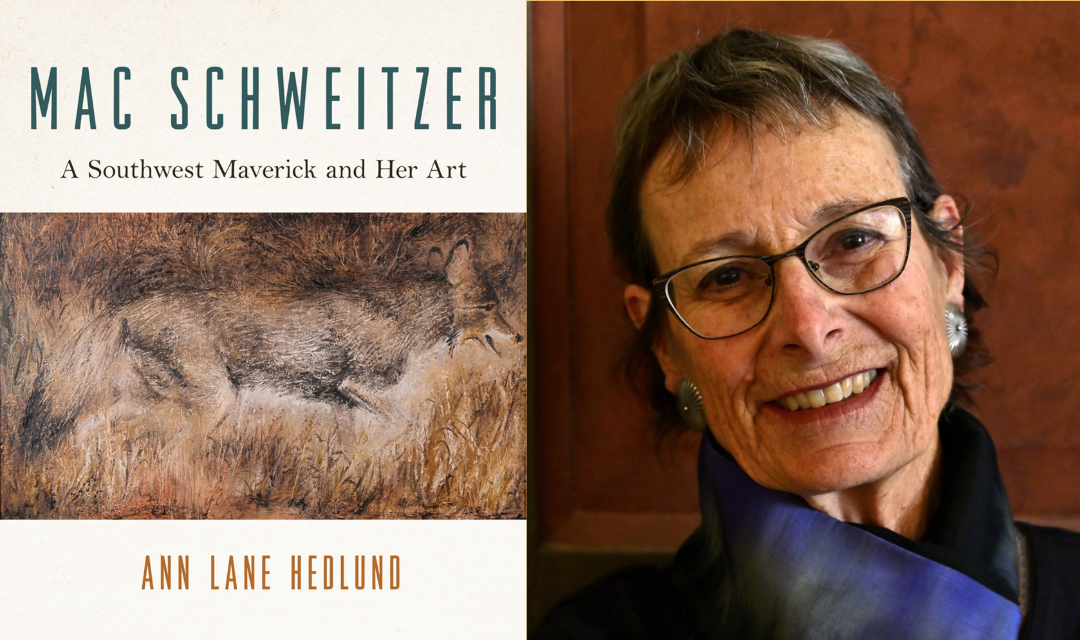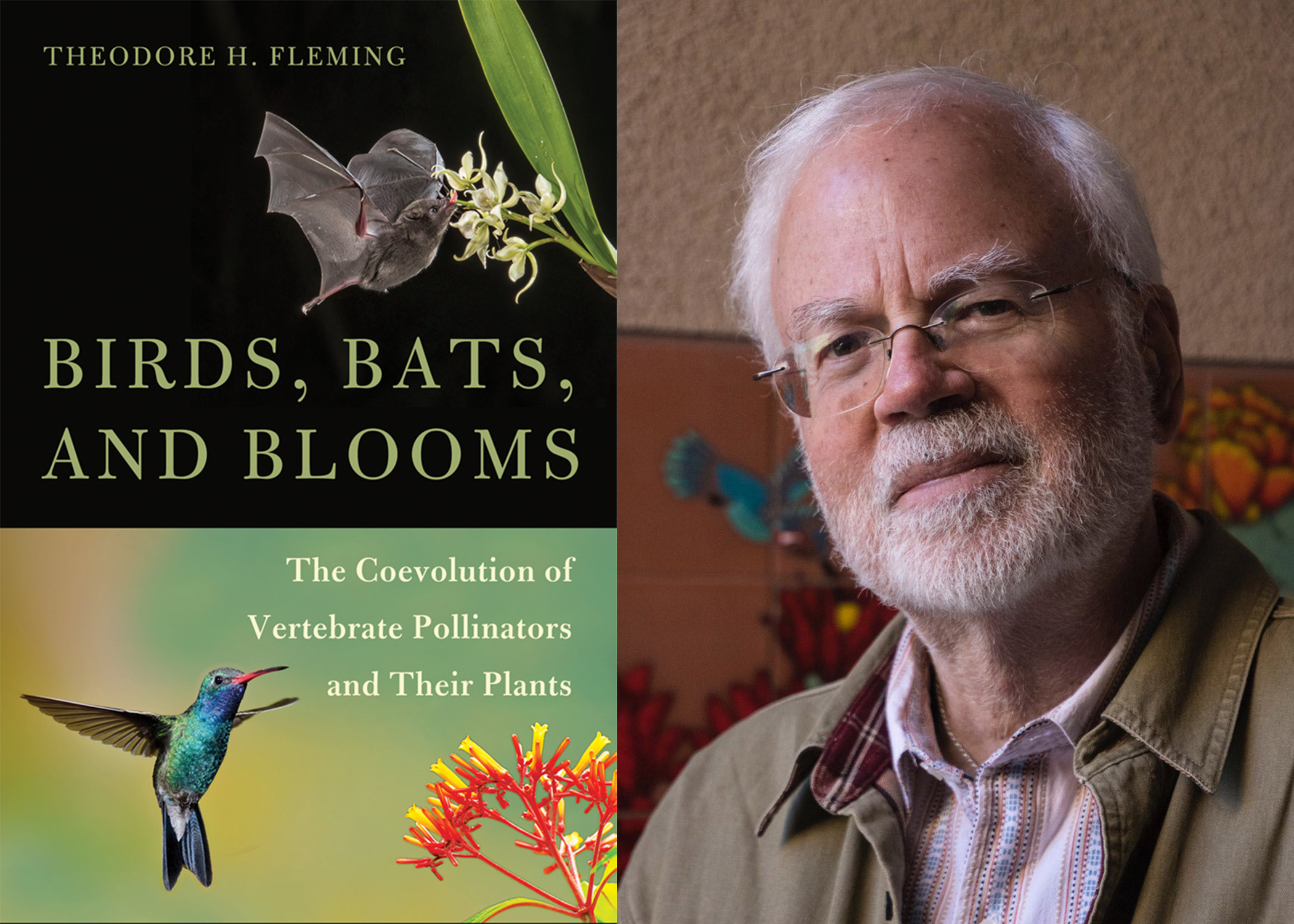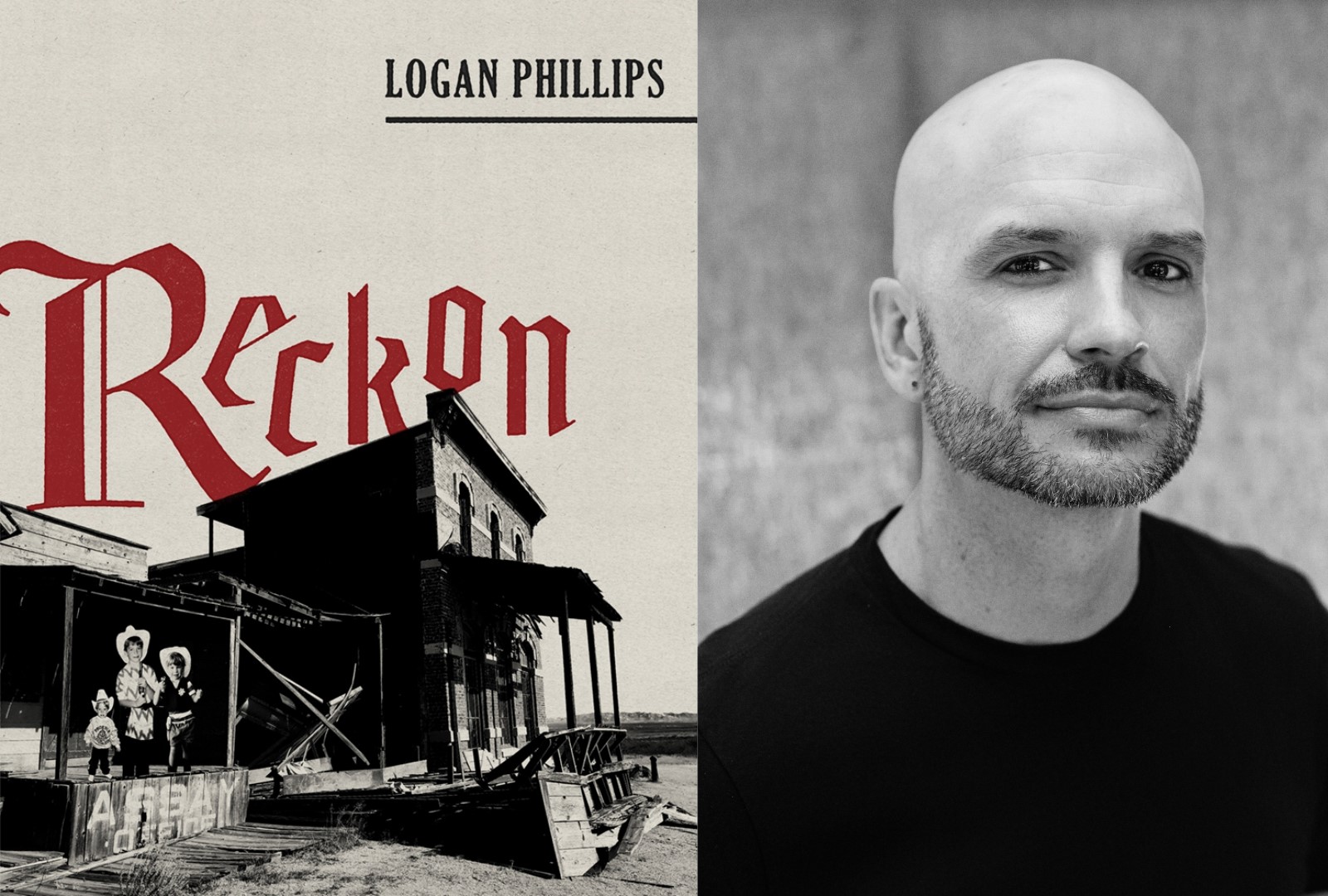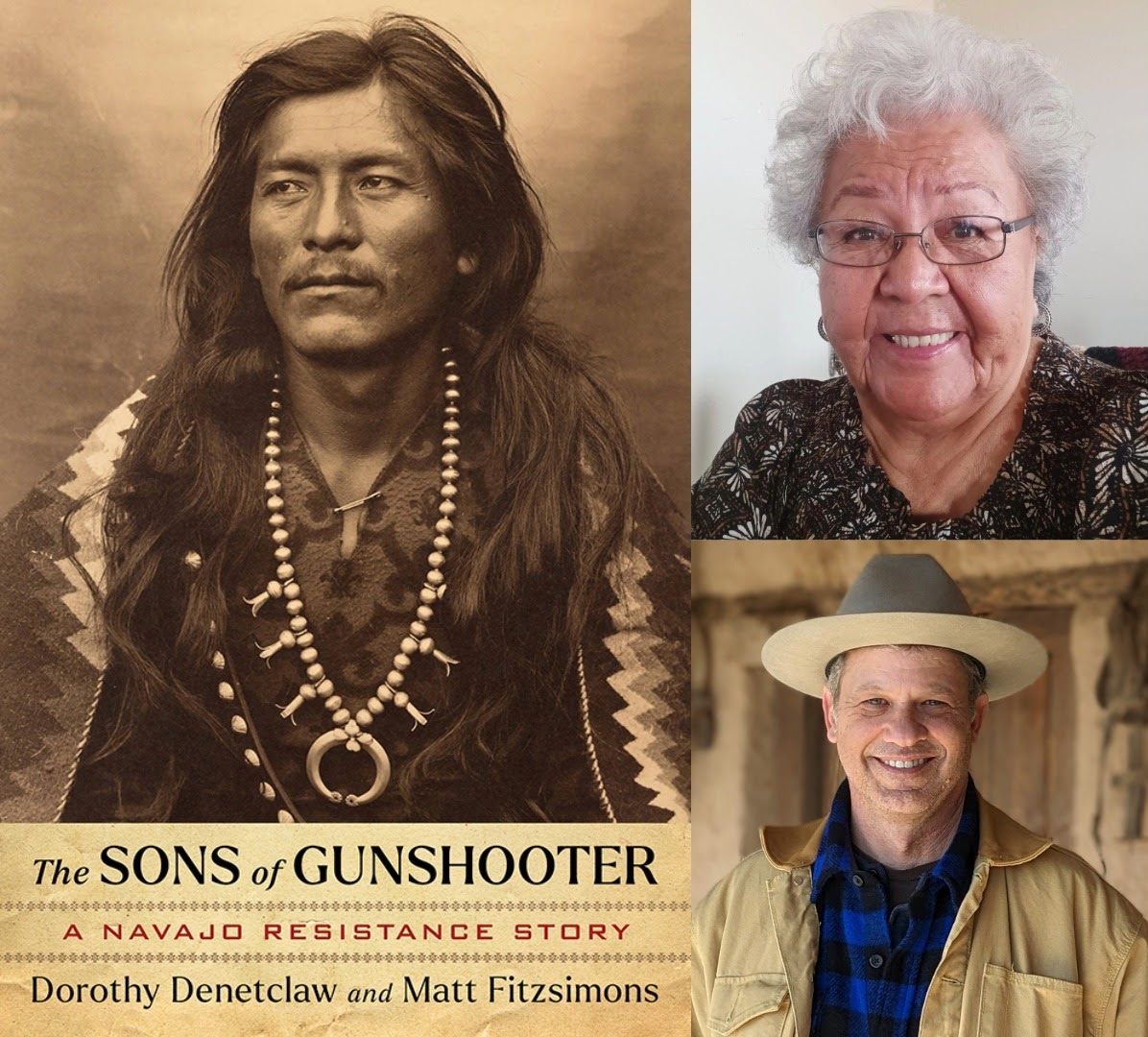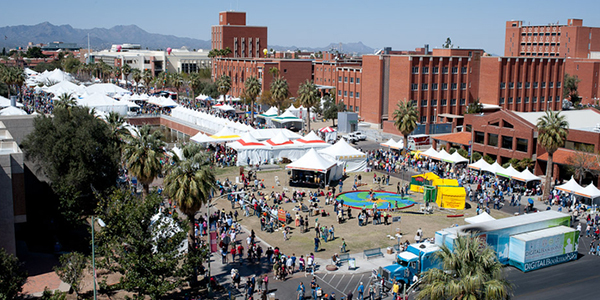Celebrate the launch of The Great Ages of Discovery: How Western Civilization Learned About a Wider World with historian and MacArthur Fellow Stephen J. Pyne, moderated by Kevin J. Fernlund, author of William Henry Holmes and the Rediscovery of the American West.
When: Thursday, February 25, 6:30 p.m. Mountain Time
Join us for an online event as part of our Spring 2021 Book Series via Zoom. Event is free, but registration is required.
In Pyne’s new book, he identifies three great ages of discovery. The first age of discovery ranged from the early 15th to the early 18th century, sketched out the contours of the globe, aligned with the Renaissance, and had for its grandest expression the circumnavigation of the world ocean. The second age launched in the latter half of the 18th century, spanning into the early 20th century, carrying the Enlightenment along with it, pairing especially with settler societies, and had as its prize achievement the crossing of a continent. The third age began after World War II, and, pivoting from Antarctica, pushed into the deep oceans and interplanetary space. Its grand gesture is Voyager’s passage across the solar system. Each age had in common a galvanic rivalry: Spain and Portugal in the first age, Britain and France—followed by others—in the second, and the USSR and USA in the third.
To register, go here.
 The University of Arizona Press
The University of Arizona Press

